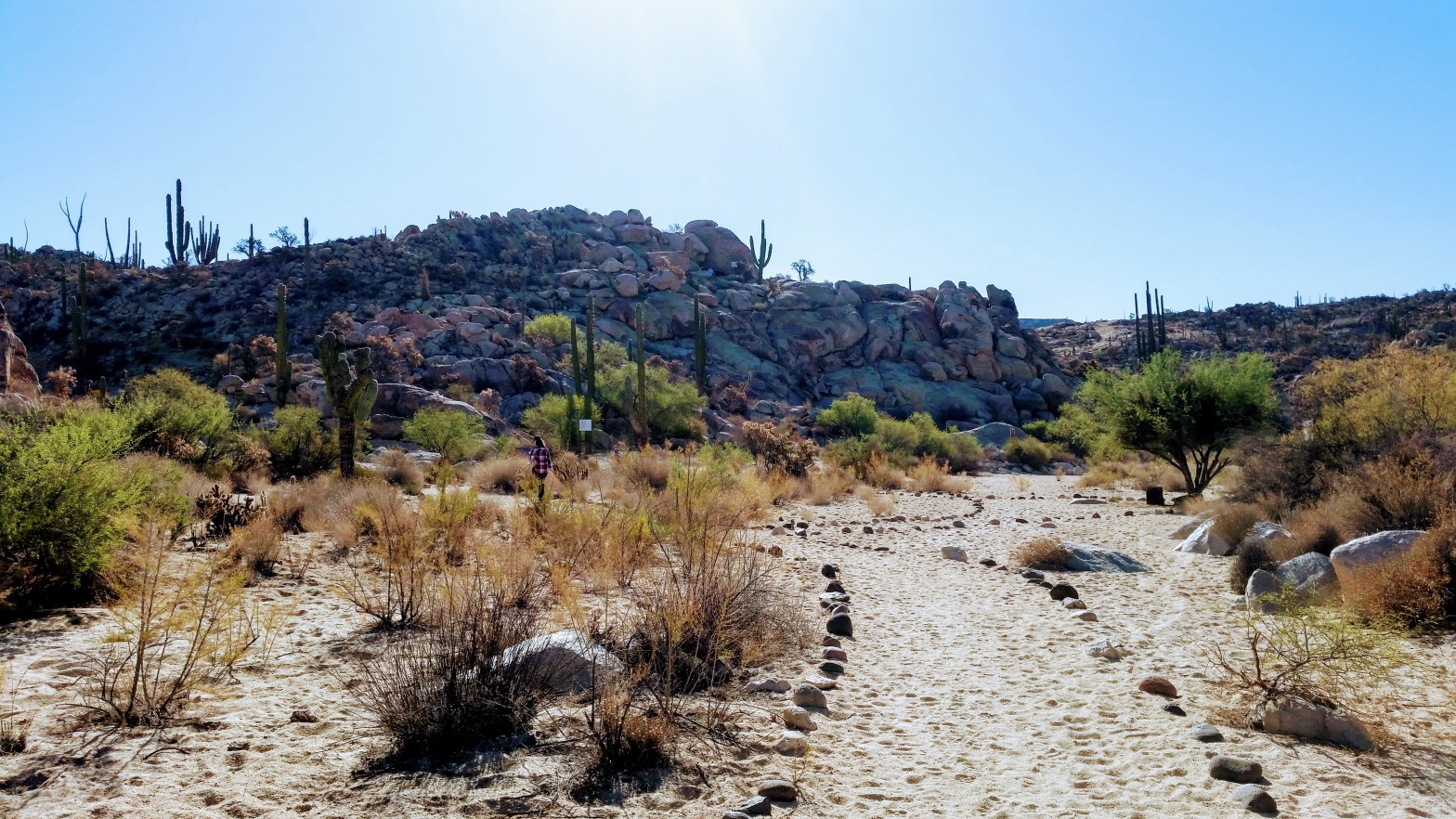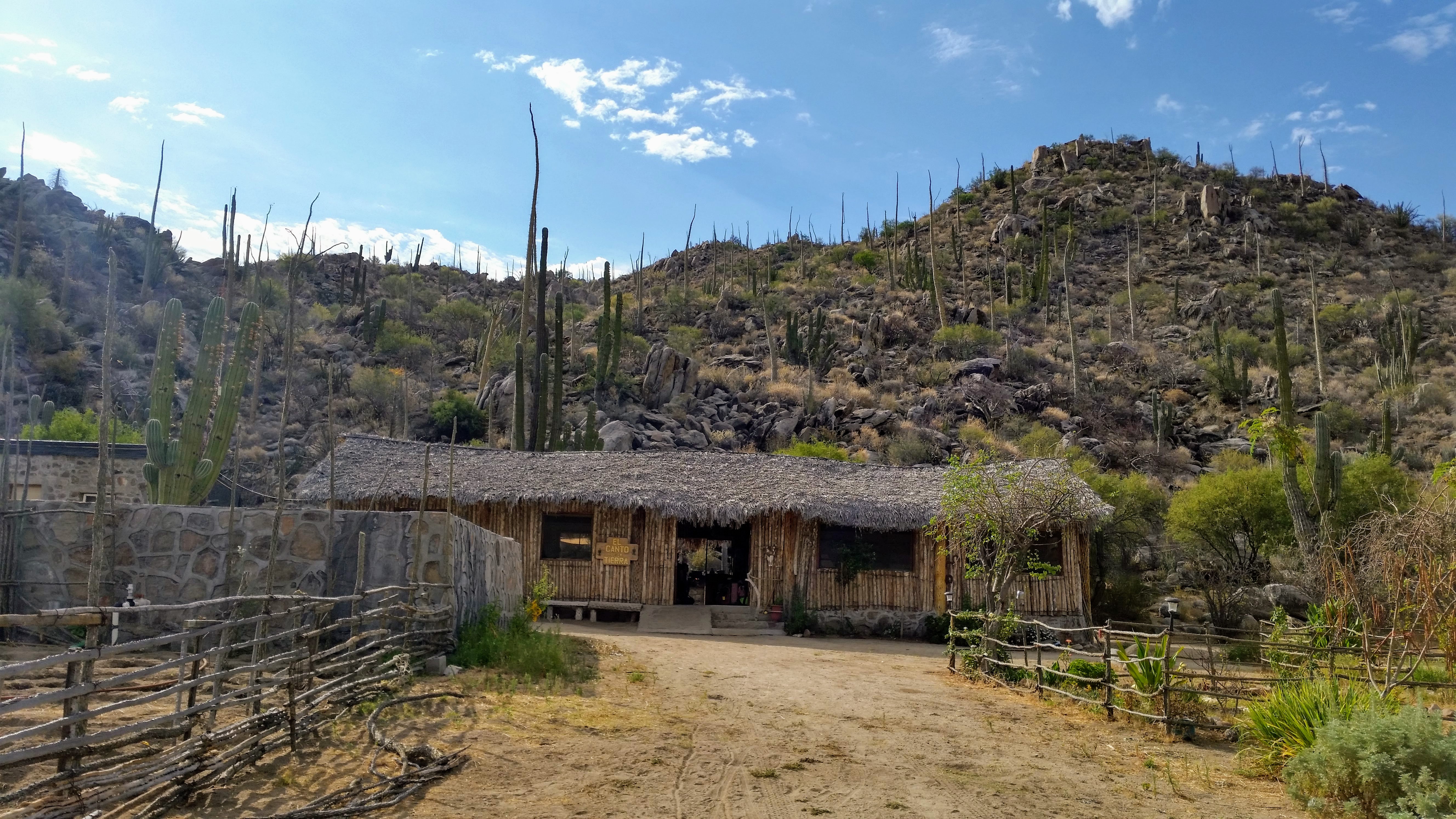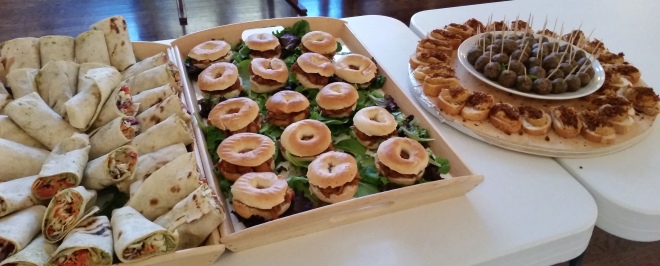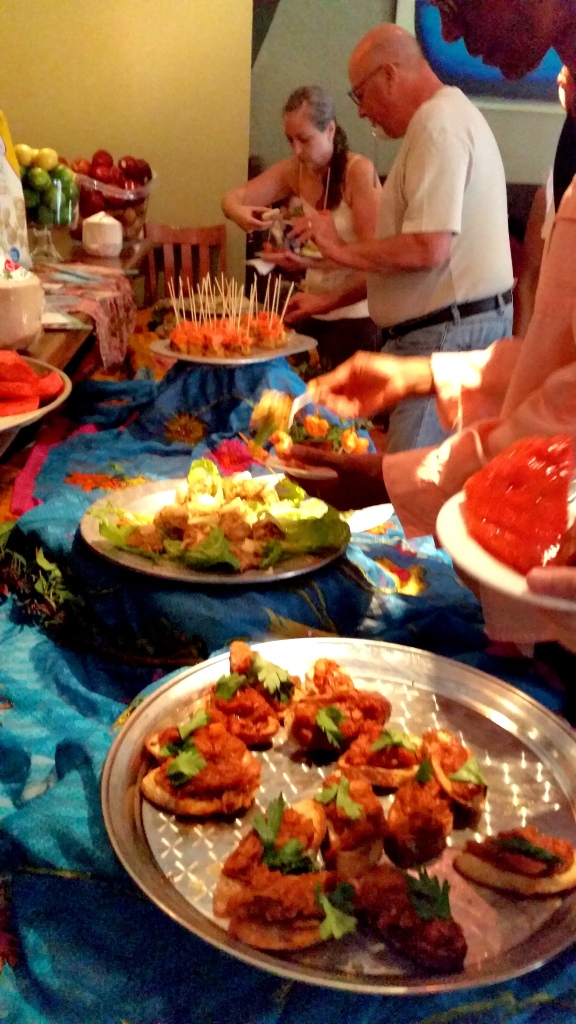* Disclosure: this was written as an assignment for partial completion of BIO 675
This past May I had the opportunity to travel to Guyana as part of my graduate studies with Miami University’s Global Field Program. Last summer took me to Baja, Mexico, where my classmates and I were given a crash course in environmental fieldwork. This time our focus would be on traditional knowledge and methods of conservation.

Guyana is a land of unfathomable greenness. Somehow resisting the pitfalls of its neighbor Brazil, Guyana remains largely (80%) forested. Bullet wood and mora trees soar high into the canopy; star-shaped kofa seed pods litter the forest floor. Frog songs fill the night; a harpy eagle keeps watch by day. Nestled near the Brazilian border is a unique biome, the Rupununi – a flooded savanna. We spent the majority of our time in the Rupununi learning from the Makushi Amerindian people. While we hiked mountains, saw petroglyphs, and caught a fleeting glimpse of a jaguar, some of my strongest memories revolve around food.

If you’ve read this blog before, you know that food is a recurring theme. Perhaps that is because, as a child of immigrants, the deepest ties to my cultural roots revolve around the smells, tastes, and textures of my mother’s improvised Japanese dishes. Or could it be that, as a woman, I inevitably see the preparation of food as both my birthright and my burden? In Guyana, these themes of culture, food, womanhood, and preservation seemed inextricably—perhaps essentially—twined.

One of my most memorable experiences was the day we spent learning about the many ways in which the Makushi use cassava (Manihot esculenta). While you might think you’ve never heard of or had cassava, you may have encountered it as yuca, manioc, tapioca, or another name for “sweet cassava.” Sweet cassava isn’t actually sweet, it is simply a different variety.
As with all Earth Expeditions (EE), we learned through participation. In the photo above we are peeling “bitter cassava” at a community cassava “processing plant” (that’s me in the foreground, sporting a “Volunteer” t shirt from Elephant Nature Park). Because bitter cassava can contain lethal levels of cyanide, it must be prepared carefully. After peeling, the roots are washed and grated. The grated pulp is then put into a hand-woven tube called a matapi, which is used to squeeze out the poisonous liquid. The liquid is then reduced to make a sauce base called cassereep.

R: making cassava bread
The pulp itself can be toasted into a grain dish called farine or made into a flat bread, as seen above. I marveled at the tireless strength of the women, the ingenuity of their methods, and the variety of foodstuffs they produced from a single crop. Not even the poison was wasted! And the unwashed cassava leaves were used as part of a fermentation process to transform soaked, browned cassava bread into parakiri or kasiri, a cassava beer (Henkel, 2005). We sampled a mild version but were told that the alcohol level could be increased to hangover-inducing levels through prolonged fermentation.
While so much of what we saw and did on that day showcased women’s knowledge of a single crop, farming and food production are deeply tied to land usage, conservation, and biodiversity. In the developed west we are facing the possible extinction of coffee and bananas because of our dependence on single crops; the Makushi cultivate 29 varieties of cassava (Elias et al., 2001). America leads the world in food waste; the Makushi know how to turn a poison into a product.

Women have long been called the bearers of culture. Among traditional and immigrant communities it is they who pass on folktales through bedtime stories, prepare and preserve traditional recipes (Beoku-Betts, 1995; Singh, Rallen, & Padung, 2013), and whose very bodies act as symbols of culture through prescribed dress and behavior (Winter, 2016). I do not mean to romanticize the Makushi in this post. Like many indigenous communities they endure problems ranging from a lack of opportunity to domestic violence. But my time in Surama Village has made me more attentive to the ways in which activities such as gardening, cooking, and pickling can constitute acts of conservation. A dusty jar of muscadine sauce in a cellar pantry holds remnants of the previous season. The humble okra plant is a botanical memory of the slave trade.
I am not a gardener, and some of the plants linked to my cultural heritage are considered invasive here in the US, such as kudzu and bamboo. But I do like to cook. Each time I visit the farmer’s market, I seek out interesting produce I’ve never tried and will return home with Bishop’s Crown Peppers or Dragon Tongue Beans, More often than not the vegetables and herbs I discover are not ones from my mother’s childhood memories (like me, she takes great pleasure in food), so I take comfort in the fact that my impulse buying supports local growers and agricultural biodiversity. Sometimes, however, I think about the complex spice routes and imperial endeavors that brought Latin American chilis to Szechuan and South Indian cuisines. It is in those moments that I see my cooking as more than mere sustenance. Trained by my mother’s discerning palate, I try to create dishes that not only capture the past but render it too tempting to forget.

References
Beoku-Betts, J. A. (1995). We got our way of cooking things: Women, food, and preservation of cultural identity among the Gullah. Gender & Society, 9(5), 535-555.
Elias, M., McKey, D., Panaud, O., Anstett, M. C., & Robert, T. (2001). Traditional management of cassava morphological and genetic diversity by the Makushi Amerindians (Guyana, South America): perspectives for on-farm conservation of crop genetic resources. Euphytica, 120(1), 143-157.
Henkel, T. W. (2005). Parakari, an indigenous fermented beverage using amylolytic Rhizopus in Guyana. Mycologia, 97(1), 1-11.
Jordan, J. A. (2010). Landscapes of European memory: biodiversity and collective remembrance. History & Memory, 22(2), 5-33.
Singh, R. K., Rallen, O., & Padung, E. (2013). Elderly Adi Women of Arunachal Pradesh: “Living encyclopedias” and cultural refugia in biodiversity conservation of the Eastern Himalaya, India. Environmental management, 52(3), 712-735.
Winter, B. (2016). Women as cultural markers/bearers. The Wiley Blackwell Encyclopedia of Gender and Sexuality Studies, 1-5.



































